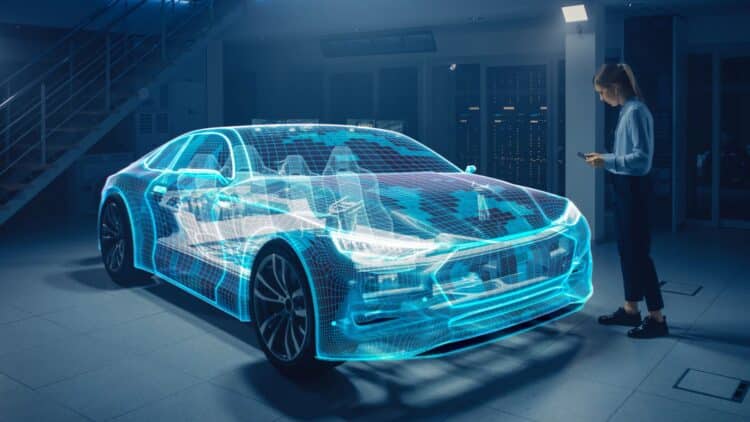The Miami-Dade Sheriff’s Office has introduced the first autonomous police vehicle in the country as part of an innovative public engagement program to hear input from the community prior to general deployment. The PUG, a self-driving patrol unit, is a technological breakthrough that combines the elements of artificial intelligence, surveillance, and police powers. The innovative project will put Miami ahead in policing frontiers, combined with a focus on community input and transparency.
First autonomous patrol vehicle launches in Miami
The Police Unmanned Ground Patrol Partner is equipped with sophisticated autonomous driving from Perrone Robotics, and its primary function is to patrol areas that are prone to crime while serving as a visible deterrent. The Ford Police Interceptor Utility-based vehicle has comprehensive surveillance technology such as cameras, thermal imaging, license plate readers, and drone launching capabilities. Policing Lab Executive Director Marjolijn Bruggeling said PUG is a pipeline of resources that is a “force multiplier” in terms of efficiency, safety, and the extension of deputy resources throughout Miami-Dade County.
The autonomous vehicle can move around pre-defined patrol areas using LIDAR, radar, and camera arrays, recording and streaming high-definition 360-degree videos to the command center. PUG’s powerful systems can detect license plates, motion, and anomalous activities and use onboard speakers to warn or alert civilians with real-time information and assistance supporting law enforcement personnel.
The electric car itself becomes a mobile surveillance and communication station that delivers real-time information to dispatchers and local officers of the station and keeps an eye on the vigil of areas designated for observation, thanks to its integrated sensor network and AI-based detection logic.
Hidden detail reveals strategic community engagement approach
PUG will initially be deployed in the Community Affairs Bureau and will be making public appearances in which the Sheriff (Rosie Cordero-Stutz) and her team will seek feedback from the community before even considering a wider deployment. This is a strategic move that puts the focus on the engagement of the people and openness as opposed to active implementation on patrol at the moment, which shows the determination by Miami with the responsible integration of technology.
The pilot program will last one year, and the outcomes of the program will include quicker response time, increased deterrence, increased officer safety, and public trust. The community-based model will enable the locals to experience the technology, pose queries, and provide input, which will yield future implementation plans and operating guidelines.
Widespread concerns presented at the ACLU of Florida event on automated surveillance vehicles were that unmanned aerial vehicles would increase the hazard of warrantless surveillance and distort accountability in police interactions, at the same time creating complex questions about privacy rights and law enforcement technology.
Public safety innovation meets community accountability standards
Miami-Dade is the first U.S. jurisdiction to put a fully autonomous police patrol vehicle into active duty, although similar concepts have been tested in Dubai, Singapore, and China. Sheriff Rick Ramirez emphasized that PUG is not furnished with weapons and tools of enforcement, but as a deterrent and monitoring platform. Mayor Daniella Levine Cava said, “Miami is where technology meets real life,” and was proud to be the leader in responsible policing innovation in the country, where advancement in technology and the needs of the community are complementary.
Key PUG capabilities:
- 360-degree surveillance with real-time streaming
- License plate recognition and motion detection
- Drone deployment for enhanced monitoring
- Two-way communication with command centers
The Miami experiment is an experiment in technology, as well as a test of the implementation of artificial intelligence in the field of public safety. In the case of this program, human policing would continue to be pivotal in how it can be effectively combined with artificial intelligence in an expanded program that covers downtown, Dadeland, and the major event venues by early 2026.


